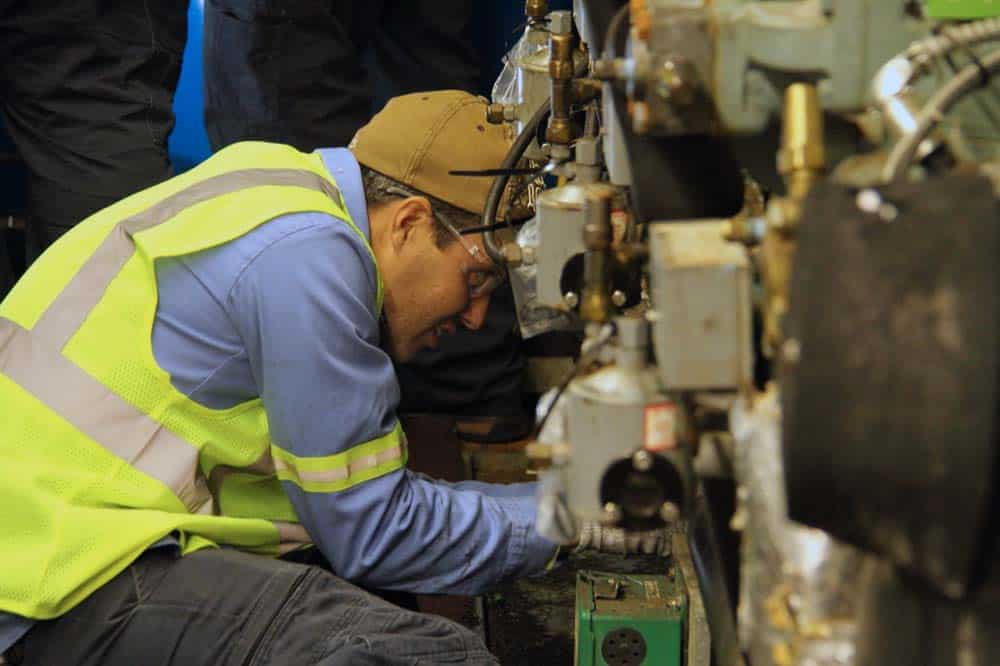To Retrofit or Build New Equipment: Retailers Dilemma amid Upcoming Refrigeration Regulations

The future of the commercial refrigeration industry is looking bright, but some challenges remain uncertain. There is one thing we are sure of though: refrigeration regulations are emerging, and it will greatly impact our industry in one way or another, coming sooner rather than later.
Compliance with refrigeration regulations set by the Environmental Protection Agency (EPA), the Department of Energy, the U.S. Climate Alliance, the Natural Resources of Canada, and the California Air Resources Board (CARB) pose challenges to food-retailers across all sectors. These challenges will likely include adjustment to retail operations, refrigeration maintenance, and ensuring comprehensive knowledge on the dynamics of regulations. With the goal of these enforcing agencies to promote sustainable and more environment-friendly industry through the use of natural alternative refrigerants, food-retailers are left to make an important decision: whether is it better to update/retrofit existing equipment or replace it with a new system.
Retrofit Existing Equipment or Build a New One?
Deciding whether to update existing equipment or to replace/build a new one using alternative refrigerants depends entirely on retailers. Taking into consideration long-term goals, financial capabilities, and operational efficiency, there are some pros and cons to whichever route they choose.
Retrofit Existing Equipment
Pros
- Allows retailers to get more life out of their existing equipment for a lesser cost
- Cost-saving in the short-term and less time consuming
- Potentially less disruptive
Cons
- Could cost retailers a lot more, in the long run, depending on the changes in future refrigeration regulations.
- Retailers may need to have frequent upgrades as regulations become more stringent
- Future repairs can be frequent and costly.
Build/Replace Existing Equipment
Pros
- Replaces leaks, damaged systems with new equipment
- Cost-savings in the long run
- Helps ensure compliance with upcoming regulations
- No need to frequently upgrade and repair equipment
- New equipment is more energy efficient than older designs
Cons
- Requires a large initial investment for new equipment
- Time consuming
It is important to note that whether retailers choose one over the other, it is imperative for them to partner with a refrigeration solutions provider that would help the transition, maintenance, and regulatory compliance as smooth and as worry-free as possible.
Whether food retailers choose to update/retrofit existing equipment or build a new one, the ultimate aim of these regulations is to improve the quality of the air we breathe along with protecting the environment and its people. In order to achieve those goals, it demands a resilient, cohesive, and cooperative industry, and we believe that we in commercial refrigeration are more than capable.